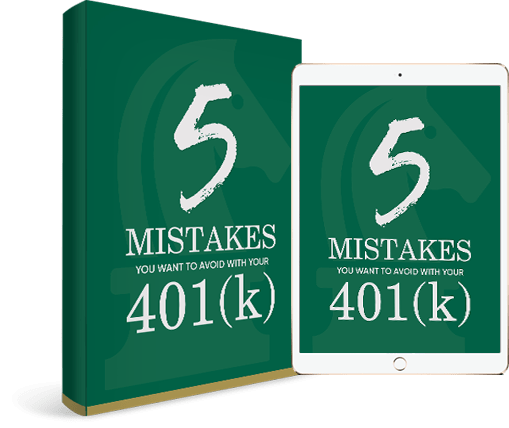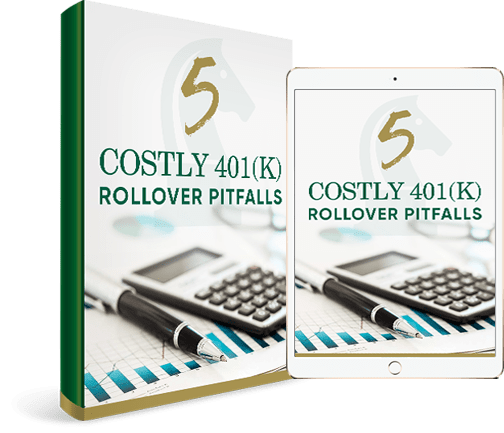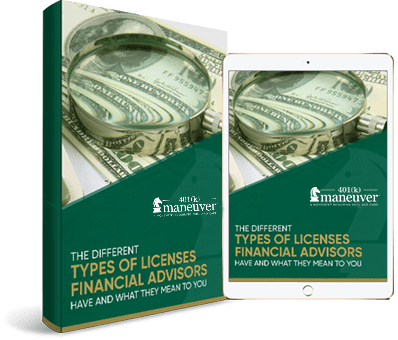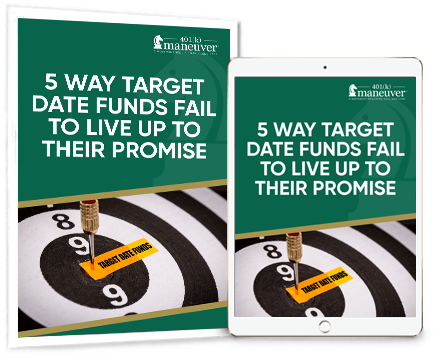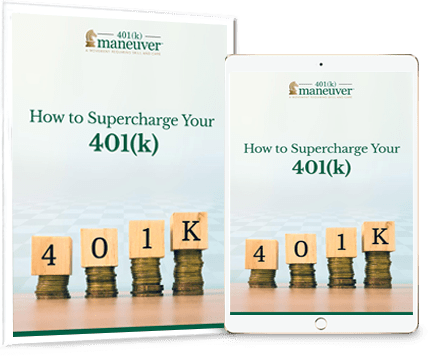
Pros and Cons of a Roth 401(k): Key Differences and Tax Implications
When it comes to planning for retirement, choosing the right savings vehicle can make a significant impact on your financial future.
Traditionally, 401(k) plans have offered tax-deferred contributions, but in recent years, the Roth 401(k) has emerged as an appealing alternative.
With its unique tax advantages and considerations, understanding the key differences between a traditional 401(k) and a Roth 401(k) is essential for making informed decisions about your retirement savings strategy.
Both traditional 401(k)s and Roth 401(k)s have their pros and cons, and the choice depends on your unique financial situation and retirement goals.
Keep reading for the key differences between a traditional 401(k) and a Roth 401(k) and the tax advantages and disadvantages of each.
Traditional 401(k) Pros and Cons

Let’s start with the benefits of a traditional 401(k) plan.
With a traditional 401(k), you contribute a portion of your pre-tax income into the account, reducing your taxable income for the year.
This means you don’t pay taxes on the contributions at the time of investment, but you will be taxed on both the contributions and earnings when you withdraw the money during retirement.
The idea behind this is that you will likely be in a lower tax bracket during retirement, so the taxes you pay then may be lower than what you would have paid when you made the contributions.
Pros

Immediate tax benefits: Reducing your taxable income means you can lower your overall tax bill in the present.
Potential for higher contributions: Since you contribute pre-tax dollars, you effectively have more money to invest upfront.
Potential tax diversification: Having a mix of taxable and tax-deferred retirement accounts can provide flexibility when it comes to managing your tax liability during retirement.
Cons

Taxable withdrawals: When you start withdrawing funds during retirement, you’ll need to pay taxes on both the contributions and the earnings, and they are subject to ordinary income tax rates.
Uncertain future tax rates: It’s challenging to predict what tax rates will be in the future, and they could potentially increase, resulting in higher taxes on your retirement income.
Required Minimum Distributions (RMDs): Once you reach age 73, you must start taking RMDs, which can increase your taxable income and potentially push you into a higher tax bracket.
[Related Read: How RMD Changes Protect Your Retirement Savings]
Roth 401(k) Pros and Cons

With a Roth 401(k), you contribute after-tax dollars into the account, which means you don’t get an immediate tax benefit.
However, the withdrawals you make during retirement are tax-free, including both the contributions and any earnings.
Pros

Tax-free withdrawals: One of the significant advantages of a Roth 401(k) is that all withdrawals made during retirement are tax-free – including contributions and earnings. This can provide significant savings if you expect to be in a higher tax bracket during retirement or if tax rates increase in the future.
No RMDs: Starting in 2024, the Roth 401(k) option will now be exempt from RMDs – just like it is for the Roth IRA. So, you’ll no longer have to roll your Roth 401(k) into a Roth IRA to stop the required minimum distribution rule.
Flexibility in retirement: Since you’ve already paid taxes on the contributions, you can withdraw both the contributions and earnings without any tax consequences, as long as you’ve had the account for at least 5 years and are over the age of 59½.
Cons

No immediate tax benefits: Since Roth contributions are made with after-tax dollars, you won’t see an immediate reduction in your taxable income or a decrease in your current tax bill. If you have an employee match, this matched money is treated like a traditional 401(k) and goes in pre-tax.
Lower contribution limits for high earners: If you earn a high income, you may be subject to contribution limitations for a Roth 401(k). This can limit your ability to maximize your retirement savings.
Is the Roth 401(k) Right for You?

It’s important to understand you can participate in both a traditional and Roth 401(k) plan – it doesn’t have to be one or the other.
The only rule to keep in mind is that you cannot exceed contribution limits.
Also, not every plan offers the Roth provision. So you will need to contact your plan provider to see if they allow the Roth.
If your plan does offer the Roth option, it’s critical to consider factors such as your current and future tax brackets, retirement goals, and income levels to determine which option aligns best with your financial objectives – before you make a move.
Consulting with a financial advisor can provide personalized guidance and help you make an informed decision that suits your long-term needs.
The Maneuver Difference

Every day, we talk to investors just like you – many of whom feel they have no control over their retirement success or are frustrated by industry jargon and financial advisors.
We believe you deserve better, which is why we’re bringing common sense back to 401(k) investing.
401(k) Maneuver provides independent, professional account management to help employees, just like you, grow and protect their 401(k) accounts.
Our goal is to increase your account performance over time, manage downside risk to minimize losses, and reduce fees that are hurting your retirement account performance.
While we manage your 401(k) for you, we are not a robo advisor. Far from it.
We review and rebalance your account for you with the goal in mind of keeping you in what is working and out of what is not.
The best part? There are no in-person meetings required, and you don’t have to move your 401(k). Leave it right where it is, and we handle the rest.
Book a complimentary 15-minute 401(k) strategy session with one of our advisors to see how we can help you have a brighter retirement future.
Book a 401(k) Strategy Session



